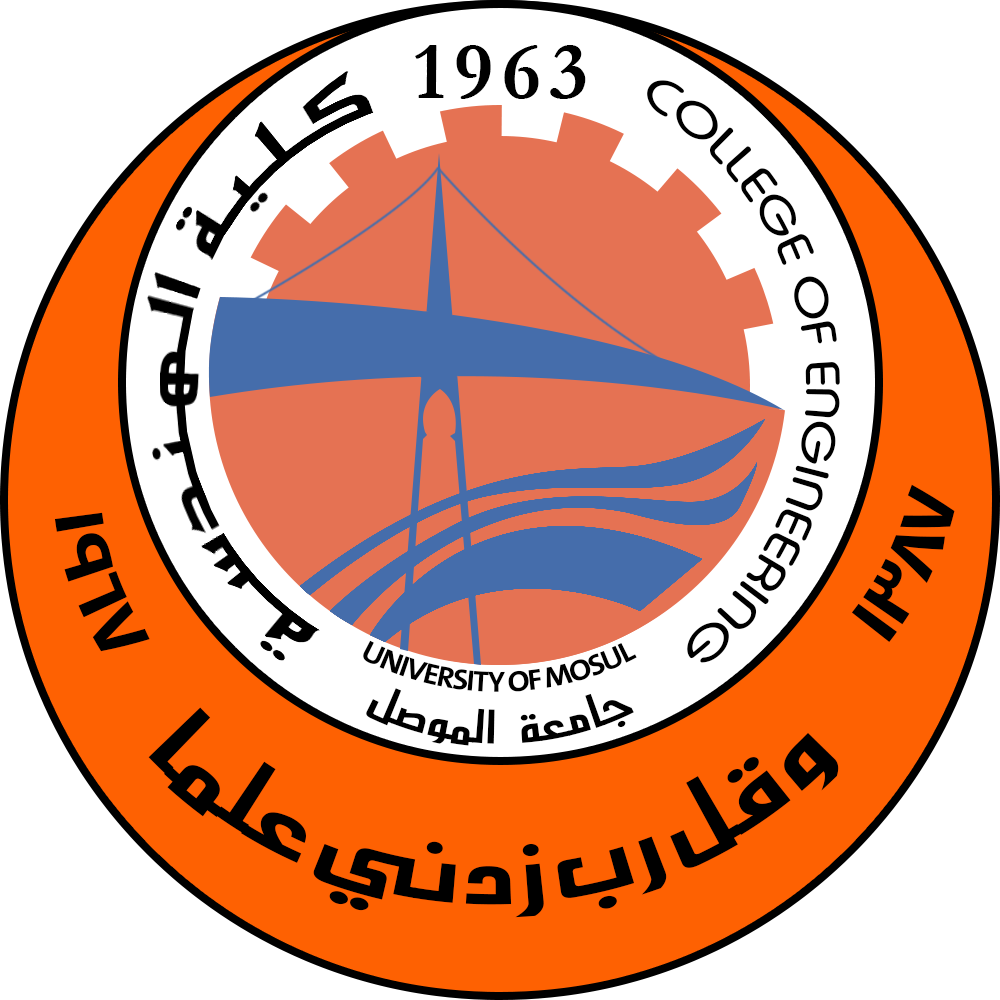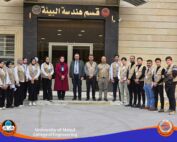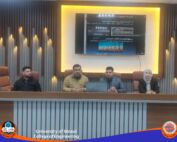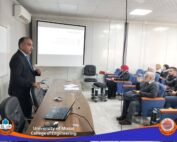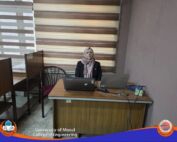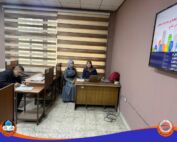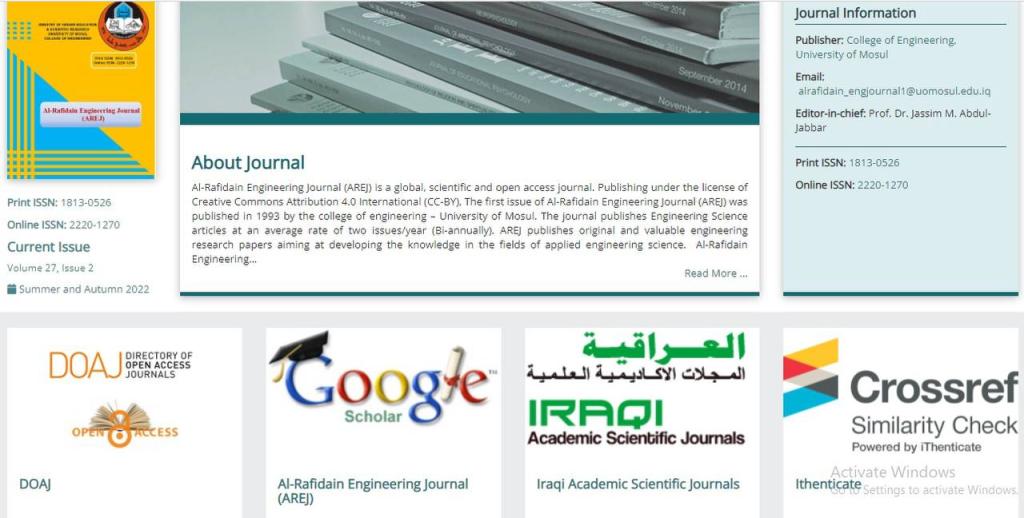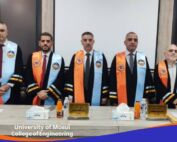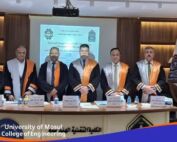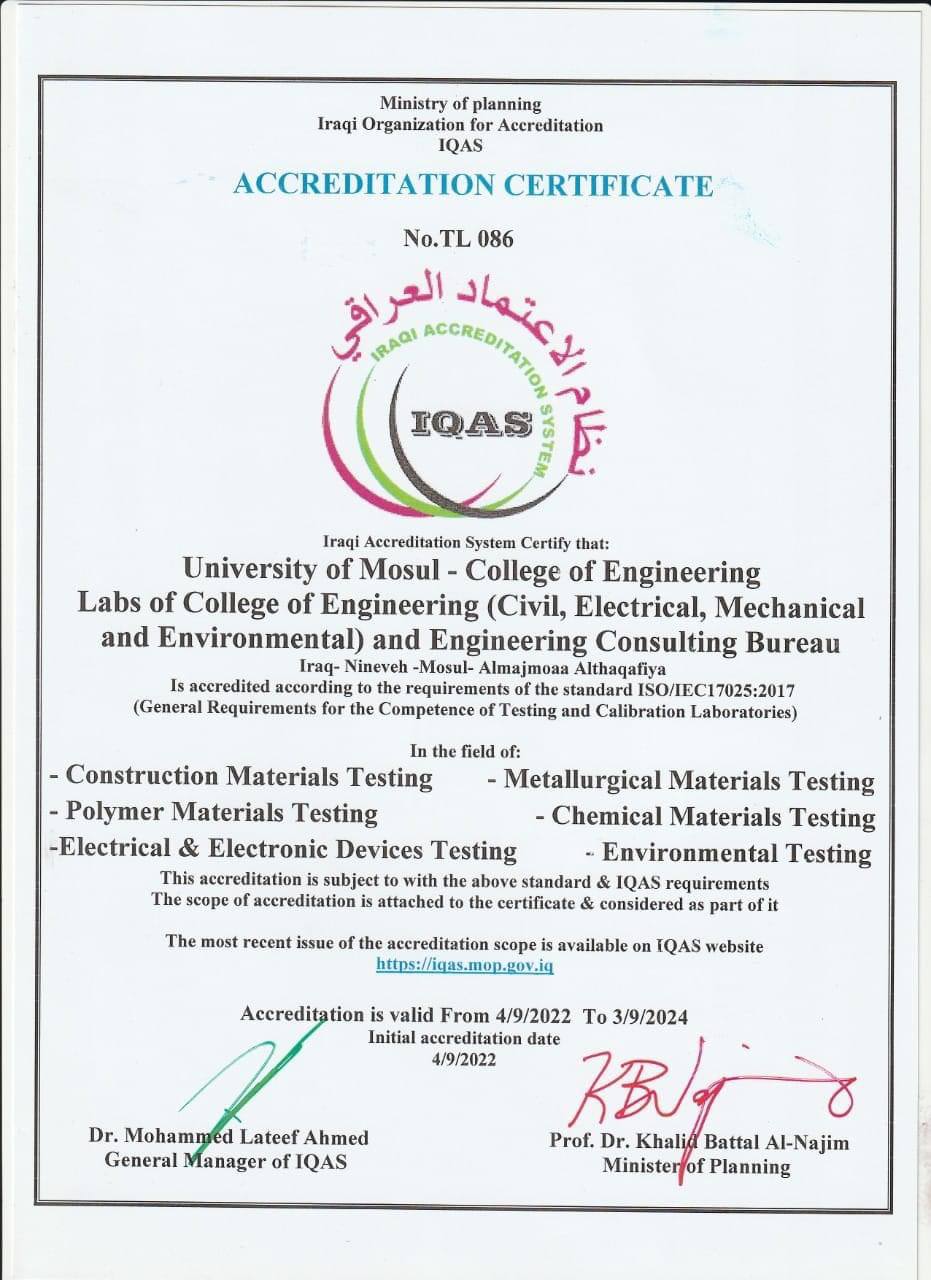14 March، 2022
Higher Diploma Research on “Design of Non- Gravity Cantilevered Walls”
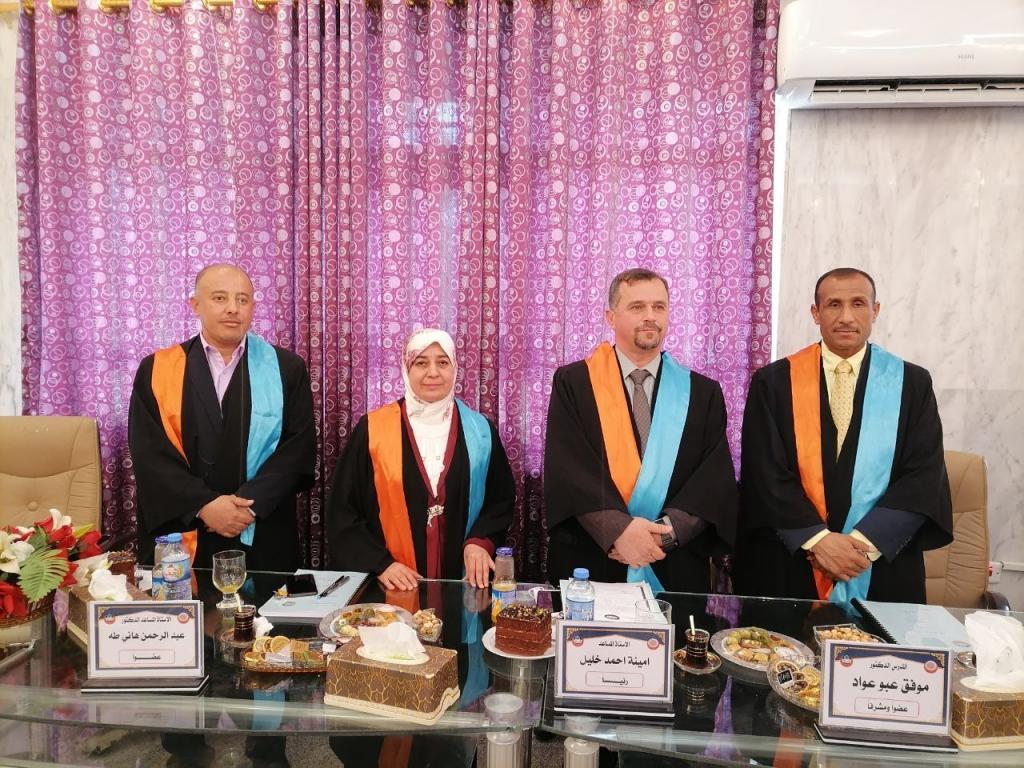
A Higher Diploma Research was discussed in Department of Civil Engineering / College of Engineering at University of Mosul entitled “Design of Non- Gravity Cantilevered Walls” submitted by (Mohamad Fattah Hadi), Supervised By Dr. Muwafaq A. Awadon Monday, March 14, 2022.The Research aims to design a non-gravity retaining wall by using both hand calculations and finite element methods embedded in a hypothetical site with sand deposit. A parametric study has been performed to investigate the effect of soil types represented by the angle of internal friction, soil density, and the effect of ground water level in both equilibrium and seepage conditions on the depth of embedment, moment and shear of non-gravity retaining walls.Moreover, a case study for a site of building a water station located at Qayyarah restrict has been designed adopting an application of non-gravity cantilevered wall to facilitate the excavation process and prevent a possible cave occurrence in the soil during the excavation process.The Results show with respect to the virtual case, that the depth of embedment(D) of the non-gravity retaining wall which enters the soil with maximum moment (Mmax), and maximum shear stress (Qmax) are (4.69) m, (204.4)Kn.m/m, and (243.23)kN/m, respectively, using hand calculation approach. Interestingly, results of simulation case using GEO5 software is approximately the same as those from hand calculation approach. Furthermore, results of parametric study show that the D, Mmax, and Qmax decrease as the angle of internal friction increases. While the effect of the dry density for a given angle of internal friction on those parameters is insignificant and can be ignored. Regarding the effect of ground water, it is reported that the critical condition observed at (D=H) for the geostatic condition and at (D=0) for the seepage condition. it is also reported that the seepage condition is more critical than the geostatic condition. It is also observed that the effect of the ground water diminished at (2H) for both geostatic and seepage conditions. For the case study, results of the deign show that a non-gravity wall with a presence of ground water in a geostatic state at 0.5 m from the ground level; in addition to the presence of uniform surcharge load (10) kN/m2, and depth of embedment (3.3) m, Mmax (75.01)kN.m/m, and Qmax (124) kN/which is sufficient to conduct excavation process safely. It is important to note that the results of the case study estimating from hand calculation are the same as those obtaining from the numerical solution using GEO5 software.
